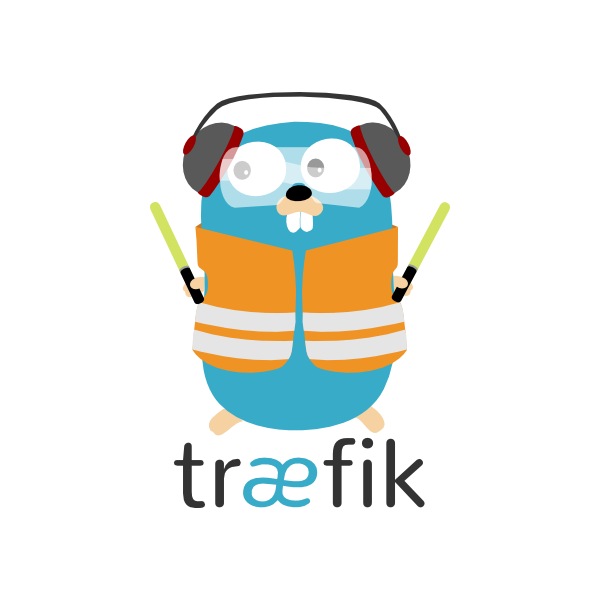AppSec Component - CrowdSec WAF
What is CrowdSec?
If you're new to CrowdSec, here's a quick overview:
CrowdSec is an open-source, collaborative security solution that:
- Detects and blocks malicious actors threatening your infrastructure and applications
- Provides real-time threat intelligence through a participative community
- Offers both Infrastructure Protection (IP reputation, DDoS mitigation) and Application Security (WAF capabilities)
Introduction
Meet the Crowdsec Application Security Component (AKA : AppSec Component), a new capability for advanced application security turning your CrowdSec install into a full fledged WAF.
The AppSec Component offers:
- Low-effort virtual patching capabilities.
- Support for your legacy ModSecurity rules.
- Combining classic WAF benefits with advanced CrowdSec features for otherwise difficult advanced behavior detection.
- Full integration with the Crowdsec software stack, including the console and remediation components.
This component capitalizes on existing remediation functions in web servers (such as Nginx, Traefik, Haproxy, etc.) to provide web application firewall capabilities.
How it works
- The Web Server receives the HTTP request
- The HTTP Request is forwarded to the CrowdSec Security Engine via a local HTTP interface
- The Security Engine analyzes the request against AppSec rules (inband rules for immediate blocking)
- Based on the analysis, the Web Server either blocks the HTTP Request or processes it as usual
Supported Web Servers & Reverse Proxies
The AppSec Component works seamlessly with modern web servers and reverse proxies:
 NginxQuick Start Guide →
NginxQuick Start Guide → OpenRestyQuick Start Guide →
OpenRestyQuick Start Guide → TraefikQuick Start Guide →
TraefikQuick Start Guide → WordPressQuick Start Guide →
WordPressQuick Start Guide →Looking for other integrations? Check out the full list of remediation components on the CrowdSec Hub. We're constantly adding new integrations!
Inband Rules and Out-Of-Band Rules
The AppSec component relies on rules to inspect HTTP Requests:
- Inband rules are meant to interrupt request processing
- Out-Of-Band rules are non-blocking and are evaluated asynchronously
Inband rule processing
The security engine first evaluates the inband rules, designed to identify and block specific requests.
Once these rules are evaluated, a response is relayed to the remediation component.
This leads to two possible outcomes:
- If an inband rule is triggered, the remediation component will answer with a 403 or a captcha request to the user of the incriminated request, stopping the request processing.
- Otherwise, the request will be normally processed
Out-of-band rules processing
In the background, the security engine will then evaluate the out-of-band rules. These rules do not impact performance or response time, as they are evaluated after the AppSec Component instructs the webserver to continue or stop processing the request.
They are usually meant to detect unwanted behaviors that exhibit a repetitive aspect (ie. Applicative Spam, Resource enumeration, Scalping etc.). When those rules trigger, they emit an event is processed by the Security Engine in the same way a log line is.
Post processing
When a request triggers one or more rules, either in the inband section (blocking) or out-of-band (non-blocking), several things happen:
- Inband (blocking) rules will appear in your
cscli alerts list(and thus in your console dashboard). - Inband and Out-Of-Band rules will trigger an internal crowdsec event that can be treated as any log lines.
This is meant to allow for scenarios to exploit the WAF rules events, such as blocking for a longer time an IP that clearly engages in malevolent activities, triggering several virtual patching rules.
Next steps
You can follow our quick start guides depending on your web server:
Or consider learning more about the AppSec capabilities:
- Rules: How to read, write and debug rules
- Scenarios: How to create scenarios that leverage the AppSec Component events
- Hooks: To customise behavior of the AppSec at runtime
- Troubleshoot: How to troubleshoot the behavior of the AppSec Component
- AppSec Technical Details: For developers integrating with the AppSec Component


